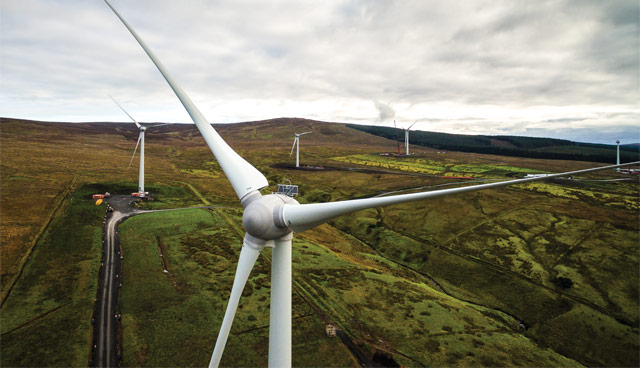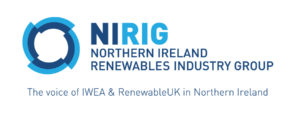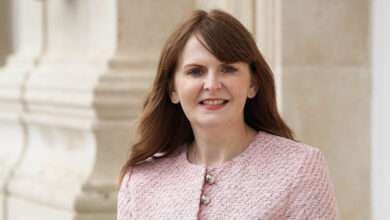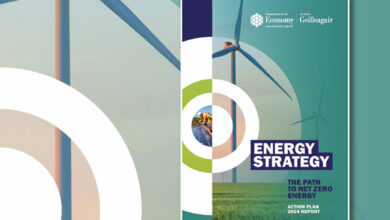The wind dividend: Money in your pocket

Despite original predications that wind energy would bring about cost to the consumer, the Northern Ireland Renewables Industry Group estimates that renewable electricity from wind delivers a payback of £4 to every consumer, every year, from 2000 to 2020.
Latest figures show that Northern Ireland has nearly reached its renewable electricity target for 2020. In the most recent 12 month period, electricity from renewables reached 38.6 per cent, a figure that rises even higher if microgeneration is included. Most of this power came from wind, with the remainder from a mixture of solar, tidal, biogas and other sources.
This remarkable progress has been made with commitment from industry, coordination and dedication from NIE and SONI, clear direction and policy from the Departments for the Economy and Infrastructure and an appropriate regulatory framework from NIAUR (Northern Ireland Authority for Utility Regulation).
The news is even better than the headline statistics, however. For the first time, the clear financial benefits of wind energy to Northern Ireland consumers have been calculated. A detailed analysis by energy and utility experts Baringa Partners earlier this year demonstrates that renewable electricity from wind delivers a payback of £4 to every consumer, every year, from 2000 to 2020.
A combination of wholesale cost reductions due to an increased share of wind in the market and, to a much smaller extent, avoided EU compliance fines, mean that wind energy, far from costing consumers, has actually saved them money.
When the Strategic Energy Framework was published in 2010, it attempted to quantify the cost of a 40 per cent target and used an estimate of £1 billion of grid investment, plus renewable electricity installations, to arrive at a cost of £49 or £83 per household annually. In 2015 (mid-way through the strategy) a cost-benefit analysis was commissioned. This external analysis estimated that increasing renewable electricity from 15 per cent to 40 per cent would mean an increase in domestic consumer bills of £102 annually.
However, Baringa Partners analysed wholesale power prices in detail using a pan-European modelling platform. Their approach was to simulate and reproduce historical power prices in order to assess how wind energy had displaced more expensive generators.
They then modelled the market to calculate how the costs and benefits for consumers would have been different if no wind farms had been built. The modelling demonstrates how wind pushes down the wholesale cost of electricity, reduces fuel imports and helps to avoid compliance fines. These benefits more than offset the costs of wind, which includes support costs, network upgrades and constraint costs. The scale of wholesale cost reduction is such that in 2018 wind is estimated to help reduce power prices by over 20 per cent.
The UK is set on a long-term target of decarbonisation and has successfully grown its economy while reducing greenhouse gas emissions. The cost of renewables has tumbled, and wind and solar electricity are now cheaper than any other source of new generation. The low-carbon sector is an increasingly important part of our economy and delivers real value across all parts of Northern Ireland. By investing in clean energy the electricity system has been upgraded and we have simultaneously delivered financial benefits for consumers.
Reaching a target ahead of time and putting money in the pockets of electricity consumers in the process is undoubtedly one of the major policy successes in Northern Ireland over the last decade. However, 2020 is nearly upon us. We need to step up ambition and set a new target, one that will fully respond to the challenges of climate change.
Northern Ireland could reach 70 per cent renewable electricity by 2030 with no additional cost to the consumer, and it’s about time we committed to do so.
The Wind Dividend: How Wind Energy pays back to Northern Ireland (April 2019)
Contact:
W: www.ni-rig.org
E: ni-rig@ni-rig.org






